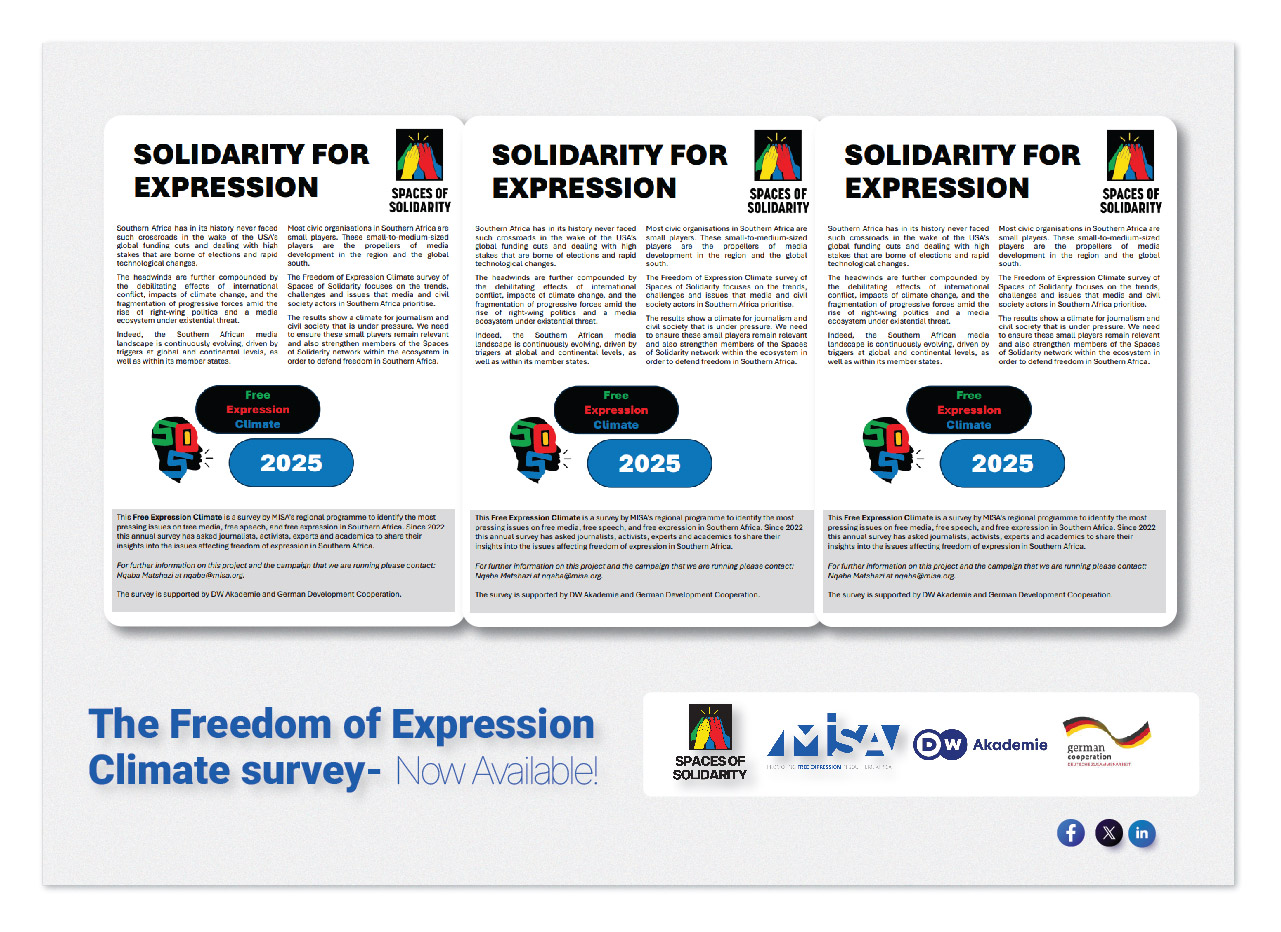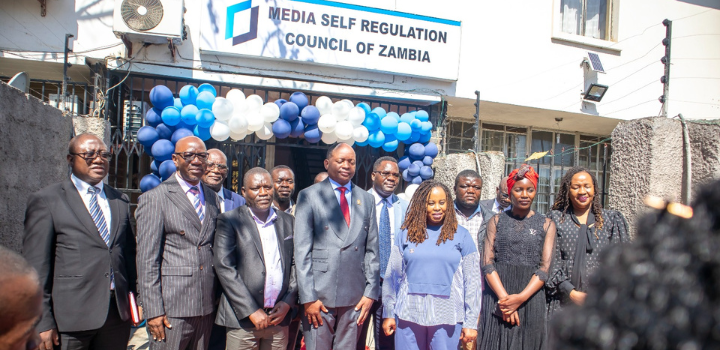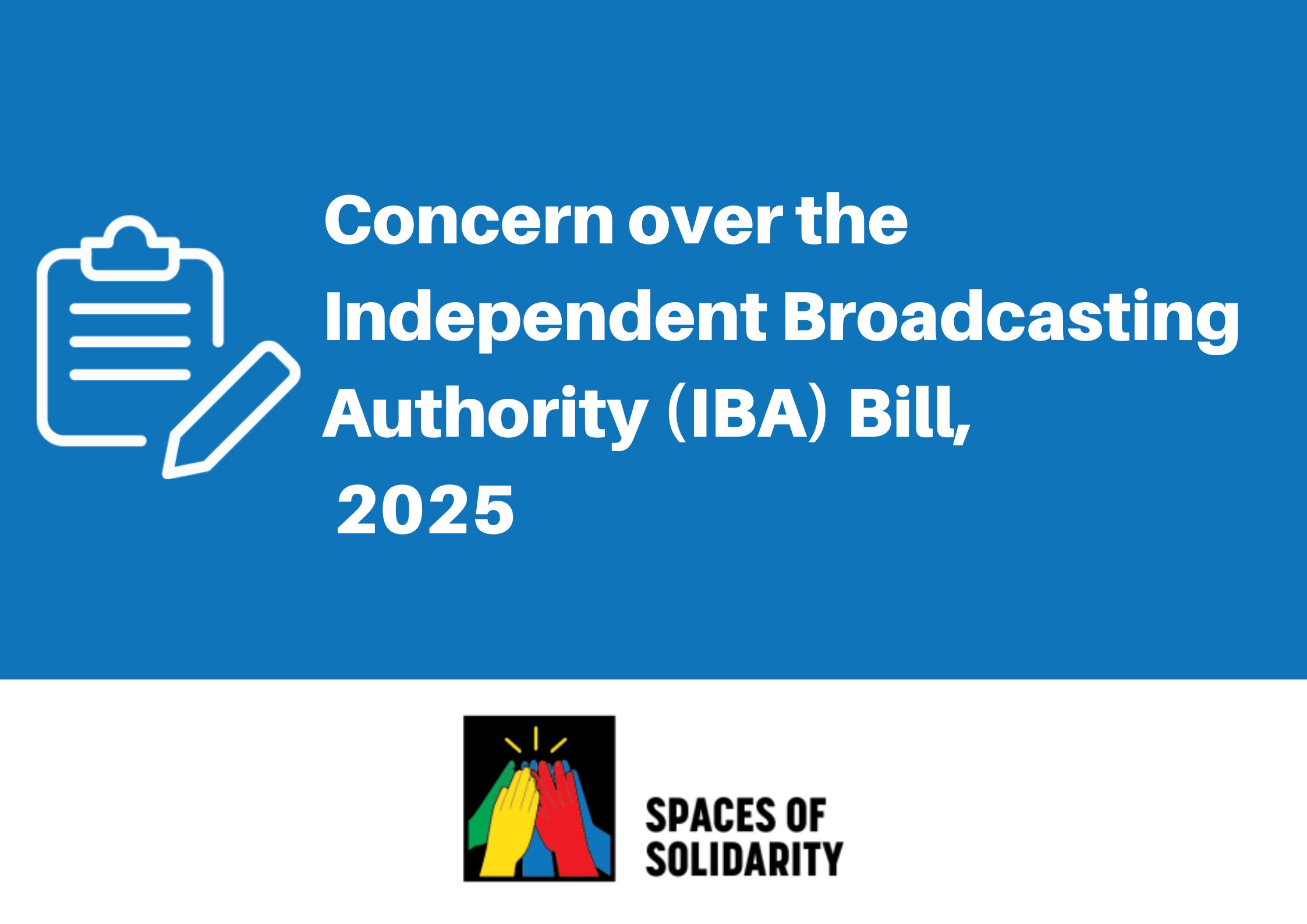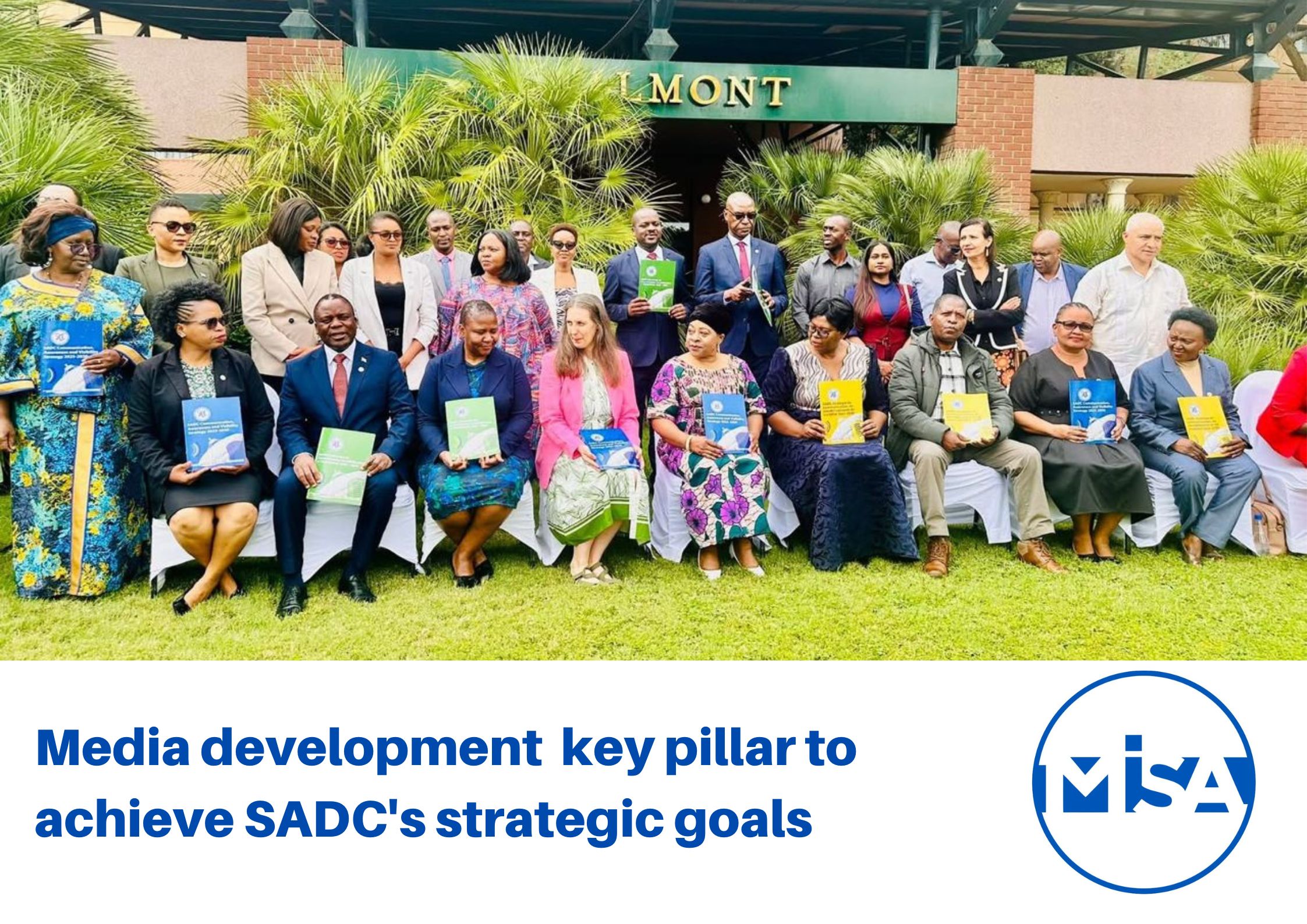The past few years have seen a significant rise in the use and adoption of artificial intelligence (AI).
For journalists, generative AI is a double-edged sword, as it is both an efficient enhancement technology and accentuates online abuse and technology-facilitated gender-based violence.
While AI has made journalism more efficient, the downside is that it contributes to a growing problem within the media, as more women journalists are increasingly being de-platformed and online spaces are now less representative than ever.
As we observe the International Day to End Impunity for Crimes Against Journalists, it is important that we pause and reflect on the increasing issue of gender-based violence facilitated by technology.
Thus, the theme for this year’s commemorations could not be more fitting: Chat GBV: Raising Awareness on AI-Facilitated Gender-Based Violence against Women Journalists, as it highlights the increasing threats of technology-enabled gender-based violence, including the misuse of AI to harass, silence, and distort the work of women journalists.
Inspired by the United Nations Plan of Action on the Safety of Journalists and the Issue of Impunity, this year’s theme highlights the urgent need to protect women journalists in both digital and physical spaces.
Governments and stakeholders in Southern Africa are developing AI strategies, policies, and legal frameworks, and during these processes, they must be reminded of the importance of establishing adequate safeguards to protect women journalists and support their work.
There is a need to develop safety mechanisms for women journalists, while also creating frameworks for prosecuting perpetrators of online and offline violence against media workers, particularly female journalists.
As the African Commission on Human and Peoples’ Rights (ACHPR) advised, it is imperative for governments and key stakeholders to undertake research on digital violence against women. This research should include studies and the adjustment of crime statistics on digital violence against women to identify legislative and non-legislative needs.
Furthermore, in its 2022 Resolution on the Protection of Women Against Digital Violence in Africa, the ACHPR urged African governments to take measures to protect women journalists from digital abuse, including gender-sensitive media literacy and digital security training.
However, there are no concerted efforts across the region to develop legal and non-legal frameworks that advance this resolution.
We, thus, call on governments in SADC to:
- Prioritise the domestication and implementation of the African Commission on Human and Peoples’ Rights (ACHPR) 2022 Resolution on the Protection of Women Against Digital Violence in Africa.
- Ensure that ongoing discussions on AI strategies, policies, and legal frameworks incorporate adequate guardrails to protect women journalists and promote their work
- Develop and implement comprehensive safety mechanisms for women journalists in both digital and physical spaces
- Establish clear legal frameworks for the effective prosecution of perpetrators of online and offline violence against media workers, particularly female journalists
By taking these measures, we can cultivate a safer and more inclusive media environment where women journalists can work without fear of harassment, silencing, or distortion of their important work.
MISA Regional Office Statement on International Day to End Impunity for Crimes against Journalists
Jeremias Langa
Chairperson
MISA Regional











